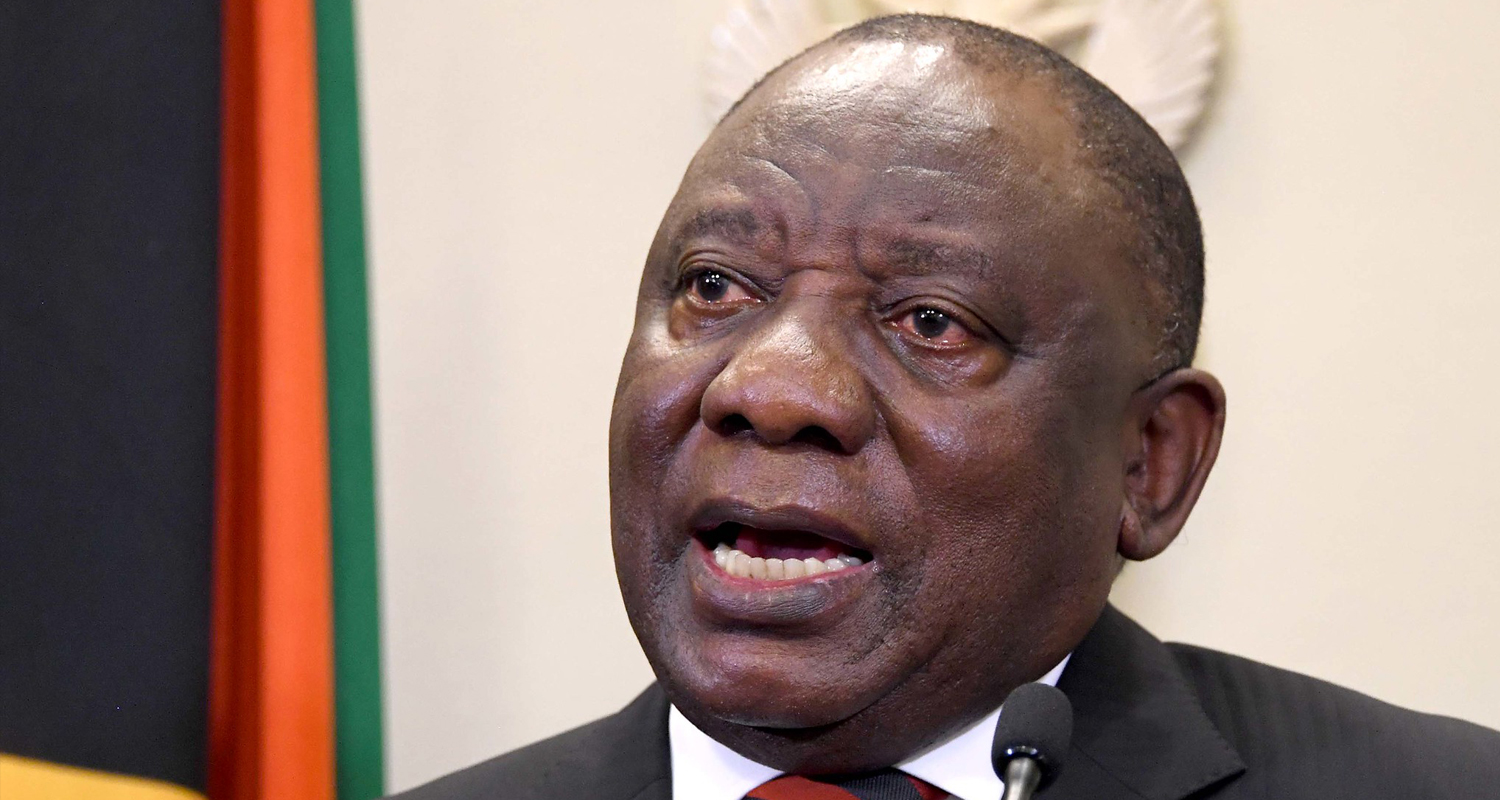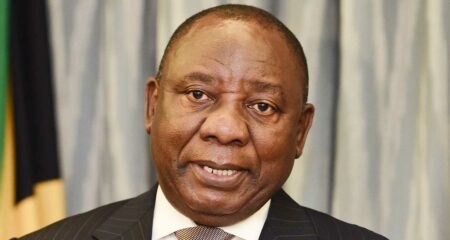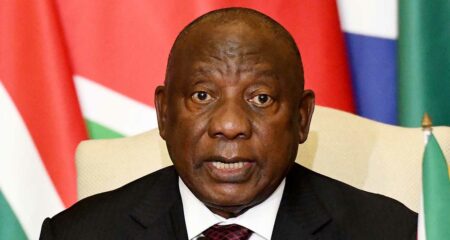
South Africa’s national state of disaster, in place for more than two years in response to Covid-19, ended at midnight on Monday, following an announcement to that effect by President Cyril Ramaphosa.
The national state of disaster has been the government’s main mechanism for managing the pandemic. Removing it will do away with the vast majority of remaining Covid-19 restrictions, aside from a few that will remain in place on a transitional basis, Ramaphosa said.
“While the pandemic is not over, while the virus remains among us, these conditions no longer require we remain in a national state of disaster,” he said in a televised address, referencing far lower rates of hospitalisation and deaths during the country’s fourth wave of infections.
South Africa has been in an “adjusted level 1” lockdown, or the lowest of a five-tier system, since October.
Amid criticism for not ending the state of disaster and maintaining some painful measures that weighed on the country’s struggling economy, Ramaphosa eased restrictions further in March.
The five-tier lockdown system, rules around isolation and access to old-age homes, and the criminalisation of non-adherence to such rules will be among the measures ended when the state of disaster expires.
The transitional measures that remain in place, such as a requirement to wear masks indoors, rules for travellers and a directive that enables the payment of a special relief grant, will lapse after 30 days, Ramaphosa said.
After that, more permanent regulations, currently up for public consultation, are expected to help the government manage Covid-19 going forward. — (c) 2022 Reuters




